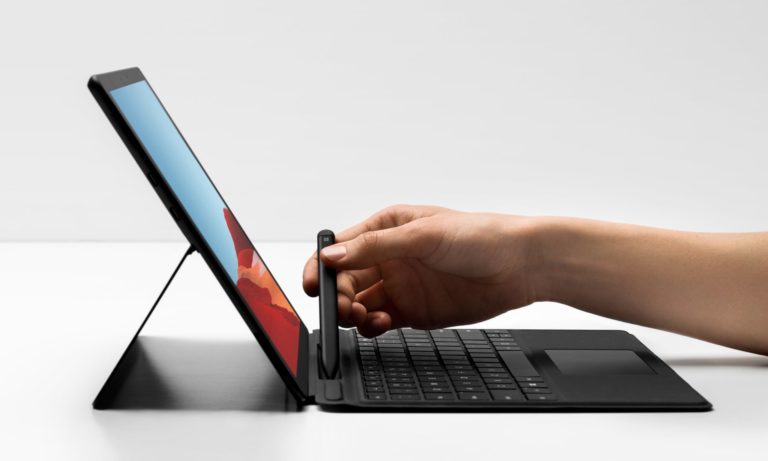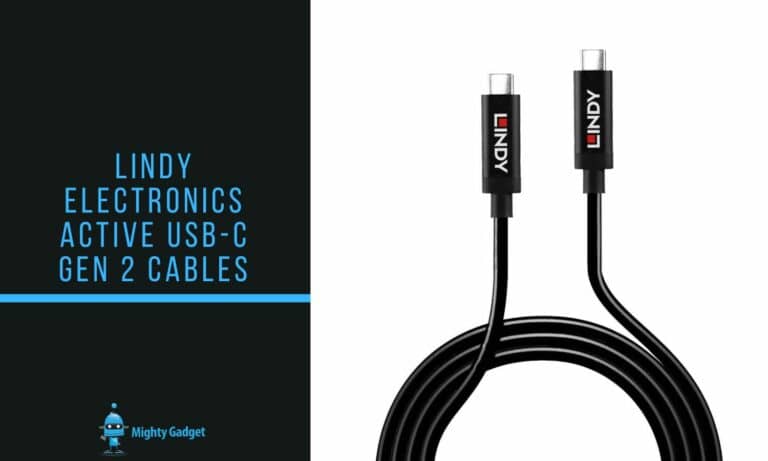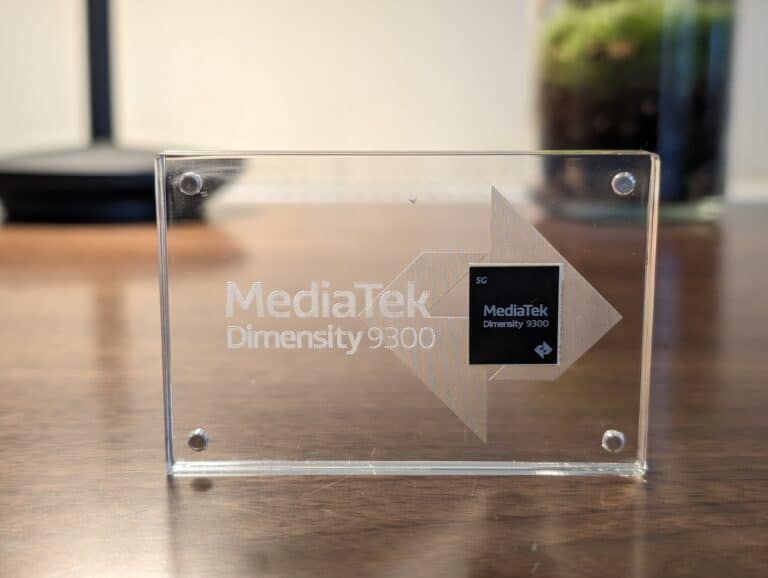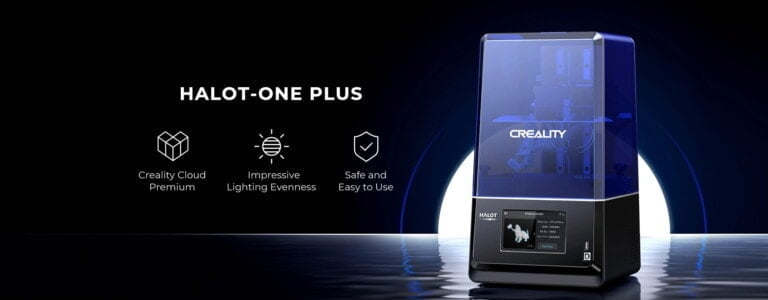Any links to online stores should be assumed to be affiliates. The company or PR agency provides all or most review samples. They have no control over my content, and I provide my honest opinion.
Let’s take a closer look at the different broadband technologies on the market.
Wired Broadband Technologies
If you didn’t already know, various communication technologies are used to provide broadband for a digital home. This is done with the use of wired tech such as coaxial cable, copper cable, optical fibers, and over power lines.
Copper Wires
Copper wires are commonly defined as what are known as legacy telephone unshielded copper twisted pairs. These copper wires provide stable internet connections since they make use of state-of-the-art xDSL technology. These include ADSL and ADSL2+.
This provides up to a maximum of 24 Mbps downstream and 3 Mbps upstream. Additionally, the efficiency range is 0.3 km and has a vectoring rate of 300 Mbps downstream and 100 Mbps upstream. The vectoring range is 0.2 km.
Pros Of Copper Wires
In order to use copper wires, a low investment is required and provides passive infrastructure. These also provide services with the least amount of disruptions.
Cons Of Copper Wires
When it comes to the download speed, this is highly dependent on the length of the copper line. Since xDSL tech is asymmetrical, most of the time the upload speed is lower when compared to the download speed. Due to this, services such as video conferencing, telepresence, teleworking, and cloud computing will be hampered.
In essence, much higher investment is required to carry out this infrastructure. While this is a potential solution, it may be stopped for up to 15 years.
Sustainability Of Copper Wires
As far as sustainability goes, copper tech can provide much higher speeds. However, this comes with several limitations. Hence, bridging technology is now being put in place to have systems that run on fiber optics only.
Coaxial Cables
These are referred to as the two wires of telephone lines or the twisted pair. Unlike others, these usually undergo a series of interferences. However, this service is only offered to customers that still access the internet via coaxial cables.
Hence, customers would also be using CATV networks or rather cable TV. Coaxial cable is made of a copper core and a shielding coat that is made from copper. As such, TV networks are much more efficient when compared to traditional networks.
Pros Of Coaxial Cables
To invest in this, companies would need to put out a very low investment to get passive infrastructure. Unlike others, there are fewer disruptions for the end-users and the infrastructure offers a little more opportunity. This just simply means that users on the broadband network can access higher speeds or even ultra-fast speeds.
Cons Of Coaxial Cables
One of the main issues with this is that the bandwidth is shared between multiple users. Hence, this affects the availability during high traffic hours. As a result, there is limited competition within the cable market. One of the solutions to combat these issues is to invest in fiber optic tech.
Sustainability Of Coaxial Cables
With new and upcoming standards, higher bandwidths are allowed. Hence, users can access up to 10 Gbps.
Broadband Over Power Lines
These over power lines will ensure that broadband is delivered with ease. Service is even provided over medium voltage and low voltage power networks. As such the speeds are comparable with the likes of coaxial cables and xDSL.
Pros Of Over Power Lines
If you’re thinking of using these, new infrastructure is not needed since existing lines can be used. Unlike others, there is higher potential in these lines.
Cons Of Over Power Lines
In areas that have lower populations, these are economically suitable for homes that are equipped with transformers. However, up to 6 homes should be fitted with them to ensure that the services are available over the power lines. If for some reason this is not done, then users can expect to pay a fortune when compared to coaxial and xDSL services.
Additionally, if power lines are in noisy areas, then there are several technical challenges that are experienced.
Optical Fiber
These lines are made from special glass fibers and connect directly to a user’s home. Additionally, they can also be connected to street cabinets and buildings if need be. Optical fibers allow rates of up to 100 Gbps and offer efficiency rates between 10 to 60 km. Due to the capabilities of optical fiber, this solution is considered as one of the future.
Pros Of Optical Fiber
The transmission rates are much higher and the signals flow with ease. In essence, power drops are less likely and can go for larger distances.
Cons Of Optical Fiber
The initial investment on this is very high and the excavations costs are even higher for piping purposes. Additionally, infrastructure requires precise documentation since it is not easily located.
I am James, a UK-based tech enthusiast and the Editor and Owner of Mighty Gadget, which I’ve proudly run since 2007. Passionate about all things technology, my expertise spans from computers and networking to mobile, wearables, and smart home devices.
As a fitness fanatic who loves running and cycling, I also have a keen interest in fitness-related technology, and I take every opportunity to cover this niche on my blog. My diverse interests allow me to bring a unique perspective to tech blogging, merging lifestyle, fitness, and the latest tech trends.
In my academic pursuits, I earned a BSc in Information Systems Design from UCLAN, before advancing my learning with a Master’s Degree in Computing. This advanced study also included Cisco CCNA accreditation, further demonstrating my commitment to understanding and staying ahead of the technology curve.
I’m proud to share that Vuelio has consistently ranked Mighty Gadget as one of the top technology blogs in the UK. With my dedication to technology and drive to share my insights, I aim to continue providing my readers with engaging and informative content.

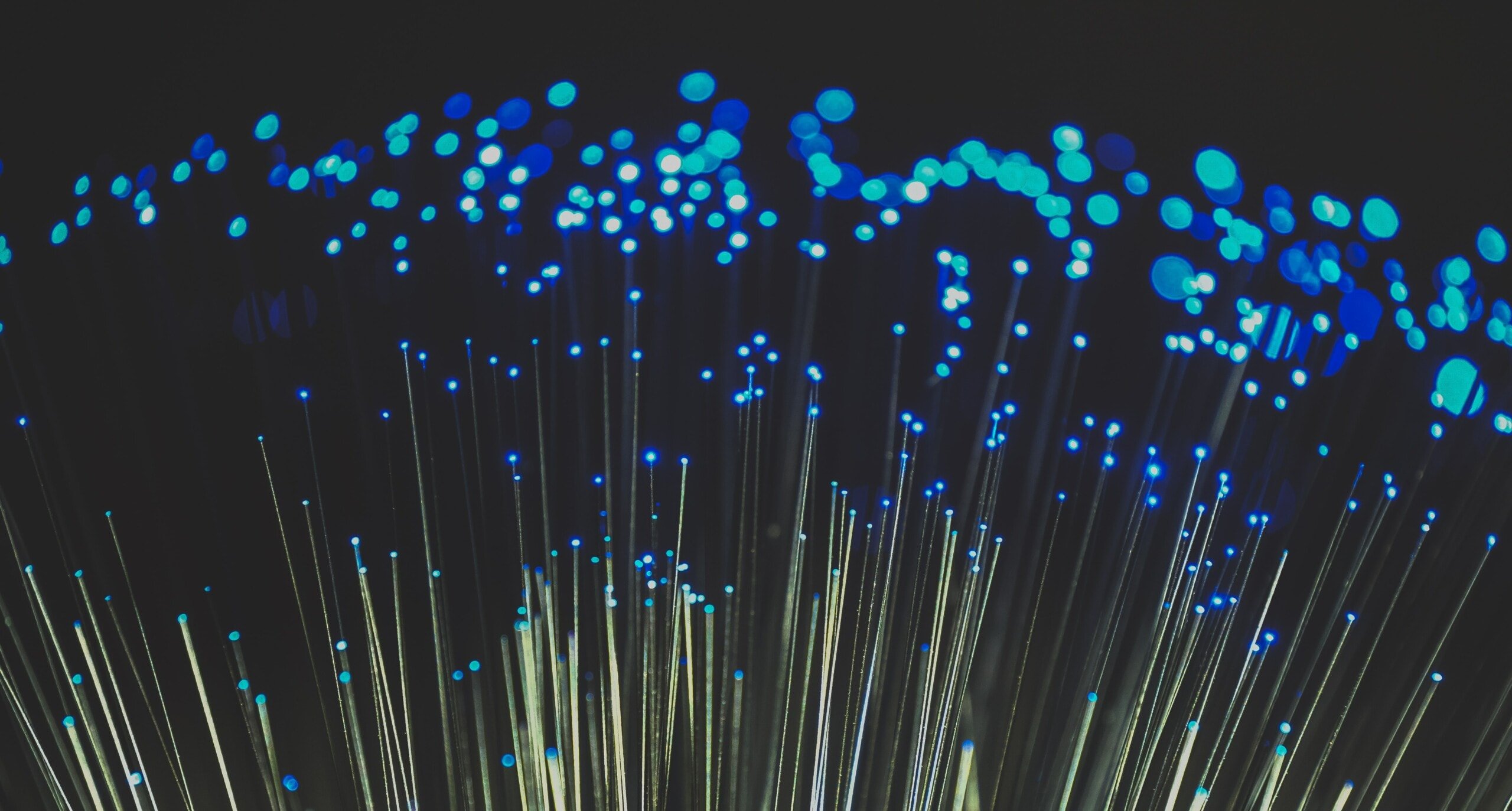
![RealmeX50Pro camera Realme X50 Pro & Realme 6 Pro will be launched in the UK on 5th of May [Update: Launched with prices]](https://mightygadget.co.uk/wp-content/uploads/2020/04/RealmeX50Pro-camera-768x359.jpg)
